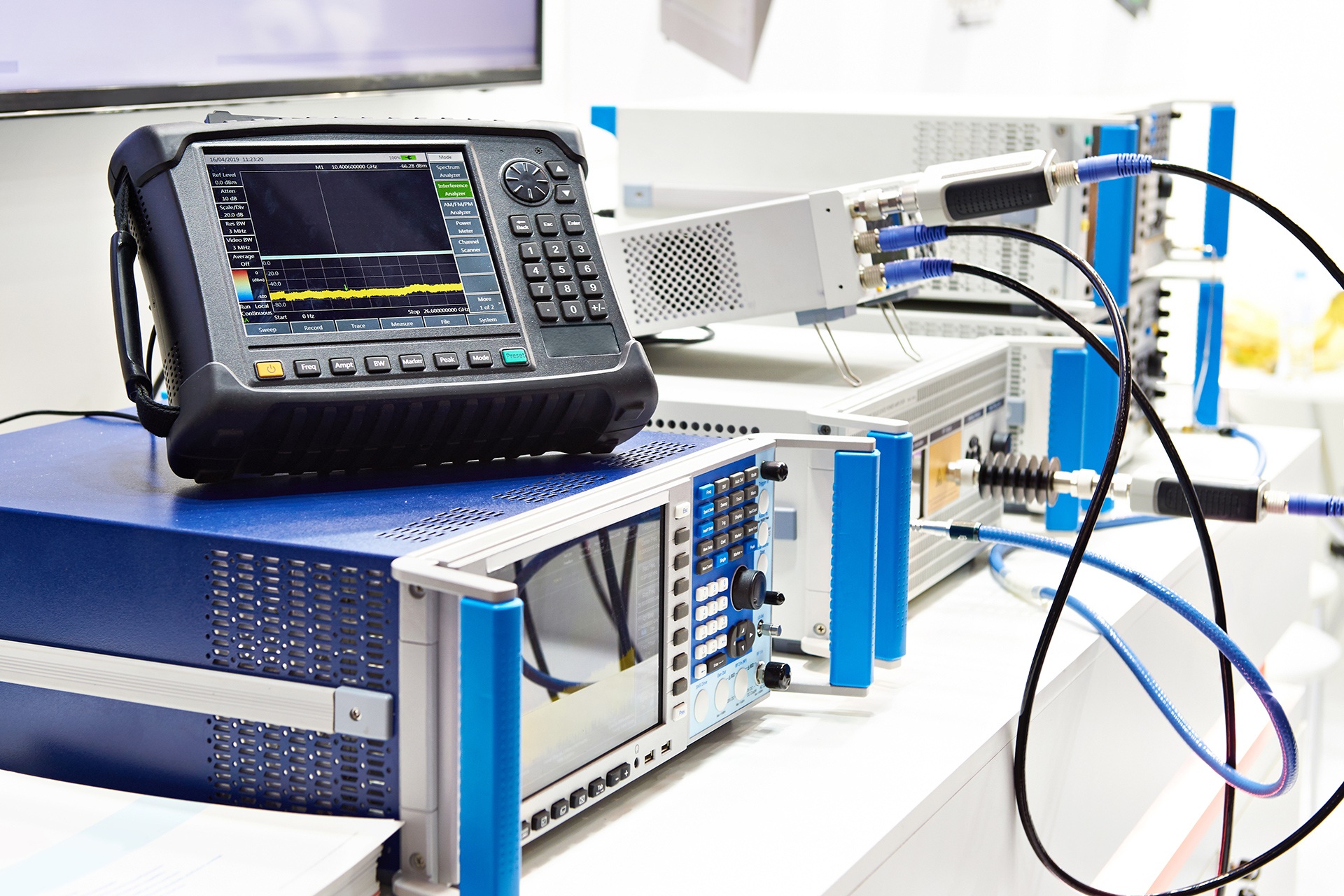You have actually possibly heard the terms calibration, confirmation, and change made use of interchangeably in your office, however they're really 3 distinctive procedures that offer various purposes in preserving measurement precision. If you are accountable for quality control or instrument management, mixing up these ideas could cause compliance concerns, pricey errors, and unreliable information. Understanding when to make use of each process-- and why-- can change exactly how your company comes close to measurement integrity and governing compliance.What Is Calibration and Why Does It Matter?Precision drives every dependable measurement system, yet also the most innovative instruments drift from their designated accuracy with time. That's where calibration comes to be essential.You're basically contrasting your test and measurement instruments against understood referral requirements to determine their precision. This process does not entail making modifications-- it's totally regarding documenting how your equipment executes versus established benchmarks.Calibration issues due to the fact that it makes sure measurement traceability to national standards, which is essential for preserving quality in your procedures. When you deal with certified calibration laboratories complying with ISO IEC standards, you're developing self-confidence in your data.This paperwork comes to be vital for regulative compliance and quality control programs. Unlike verification or adjustment, calibration supplies the fundamental expertise concerning your instrument's present efficiency status.The Function of
Verification in Quality Assurance While calibration tells you exactly how your instrument carries out, confirmation verifies whether that performance satisfies your details requirements.You'll make use of confirmation as a quality assurance checkpoint to guarantee your instruments keep acceptable precision levels between formal calibration services. This process entails contrasting your instrument's measurements versus known standards to confirm it's still operating within your well-known tolerances.Unlike approved calibration, verification doesn't need comprehensive documents

or certifications. You're just confirming your testing instruments haven't drifted past acceptable limits.This streamlined process aids you catch measurement issues early, protecting against costly quality issues downstream. By implementing routine confirmation routines, you'll preserve self-confidence in your measurement process while extending periods between formal calibrations.Verification serves as your very first line of protection in maintaining measurement integrity.When and How to Do Instrument Adjustments When your verification results program measurements falling outdoors acceptable resistances, you'll need to perform instrument modifications to restore accuracy.These changes include physical or digital alterations to your measuring equipment to bring analyses back within specifications.Before making modifications, you'll want to recognize https://profreeads.com/492/posts/3/25/764572.html the root cause of variances with systematic troubleshooting.Document all modification treatments and confirm results right away afterward.If your instruments need intricate adjustments past your capabilities, call accredited instrument calibration services or calibration and repair services.Professional high quality calibration services offer ISO IEC accredited calibration with detailed customer services support.They'll carry out specific modifications making use of certified reference requirements, guaranteeing your precision dimensions meet industry requirements.Key Differences In between These Three Crucial Procedures Although these 3 processes interact to make certain measurement accuracy, calibration, verification, and adjustment
offer distinctly different objectives in your quality control system.Calibration services establish traceability by comparing your measuring equipment
versus licensed referral criteria, commonly executed by approved calibration laboratories following ISO 17025 requirements.Verification validates your laboratory instrument fulfills specified resistances without making adjustments, essentially examining if it's still within appropriate limits.Adjustment involves literally modifying your equipment's settings to fix inconsistencies and bring back accuracy.You'll need recognized calibration for legal compliance and precision dimensions, confirmation for regular quality checks, and modification only when measurements drift beyond specifications.Quality calibration services manage the facility traceability needs, while you can typically do verification and adjustment in-house for your test and measurement activities.Best Practices for Execution in Your Company Since your company's measurement precision depends on systematic application, you'll need to establish clear procedures that specify when and exactly how to perform calibration, confirmation, and adjustment activities.Start by partnering with certified calibration services that satisfy your industry's compliance demands. Develop recorded treatments defining measurement intervals, precision resistances, and decision criteria for each process.Train your team to acknowledge
when confirmation confirms acceptable performance versus when modification comes to be essential. Carry out a robust metrology management system that tracks instrument backgrounds and routines preventive maintenance.Establish clear functions and obligations, ensuring staff comprehend these aren't compatible processes.Following these best methods
ensures your company preserves measurement stability while optimizing expenses and minimizing downtime via tactical application of all 3 vital processes.Conclusion You'll attain optimum instrument efficiency by implementing calibration, verification, and modification as corresponding processes as opposed to standalone tasks. Don't treat them mutually-- each offers a distinctive function in your quality management system. You're developing measurement self-confidence with calibration's traceability, confirmation's recognition, and change's precision improvements. Begin documenting these procedures methodically, and you'll keep regulatory compliance while avoiding pricey quality concerns that can affect your company's online reputation and bottom line.